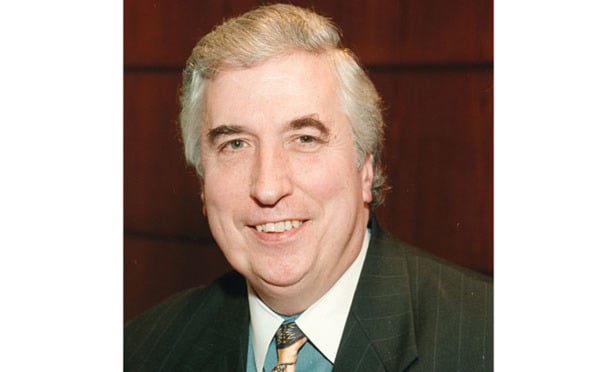Above all, Attorney General Eric T. Schneiderman’s pending suit against Barclays PLC for allegedly misrepresenting that its dark pool (LX) was “safe” from high frequency traders, when in fact it was a hotbed of “predatory” trading, shows two things: First, the market itself does not understand the real microstructure of equity trading, because trading at LX fell by 37 percent the week after the suit revealed unsuspected practices.1 Second, a familiar pattern, dating back at least to Attorneys General Eliot Spitzer and Andrew Cuomo, is persisting: If the SEC slumbers long enough, refusing to face a problem, sooner or later another regulator (usually one based in New York) will step in. Eventually, an embarrassed SEC will be forced to follow. Competition among regulators thus appears desirable.
A decade ago, the SEC was overburdened with Enron and WorldCom and so repressed the massive conflicts of interest surrounding securities analysts, which Spitzer revealed in graphic detail (and then engineered a global settlement in which the SEC was largely a tag-along participant). Today, the SEC has studied high frequency trading at length, but remained passively on the sidelines while practices such as “co-location” developed. What explains its inaction? Some will allege that the SEC has been “captured,” but that charge seems misplaced in this context, because the industry is itself divided. The exchanges are doubtful about the “maker/taker” system that has become dominant in the wake of Regulation NMS, and the Securities Industry and Financial Markets Association (SIFMA), the industry trade group, wants major reforms. But the dark pools are largely owned by major banks, who have a different agenda.



